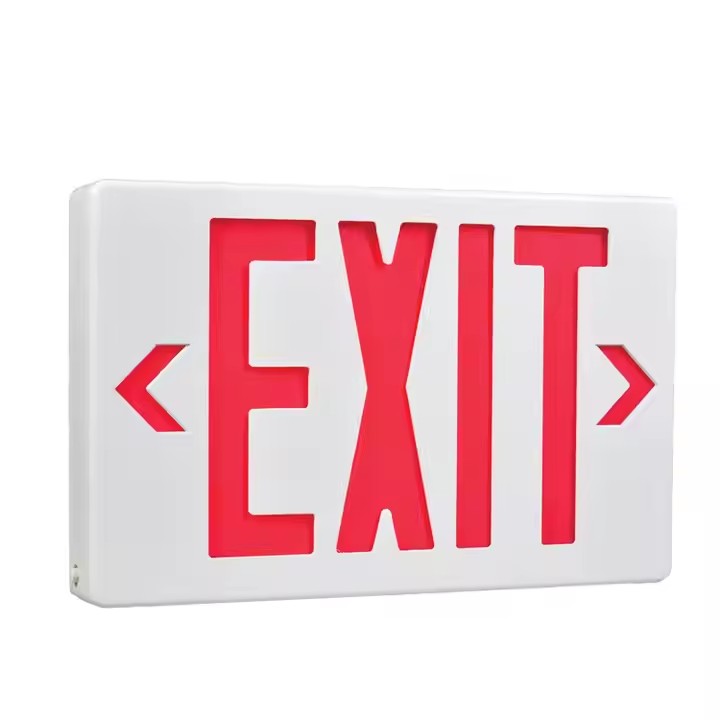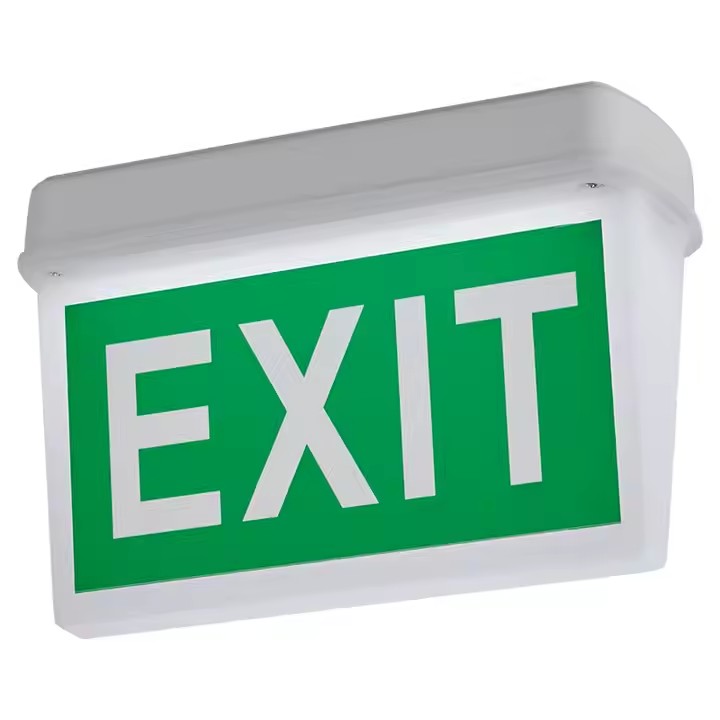Monday to Saturday - 8:00 -17:30
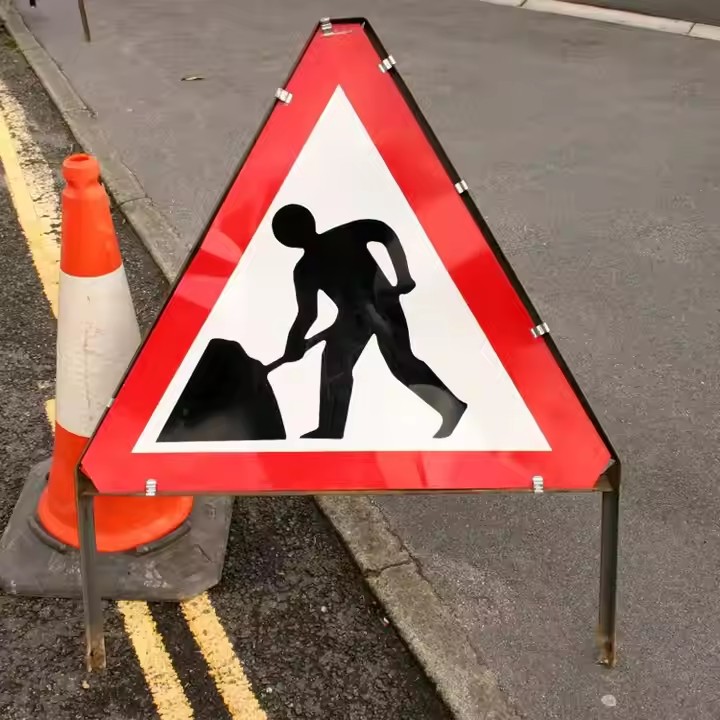
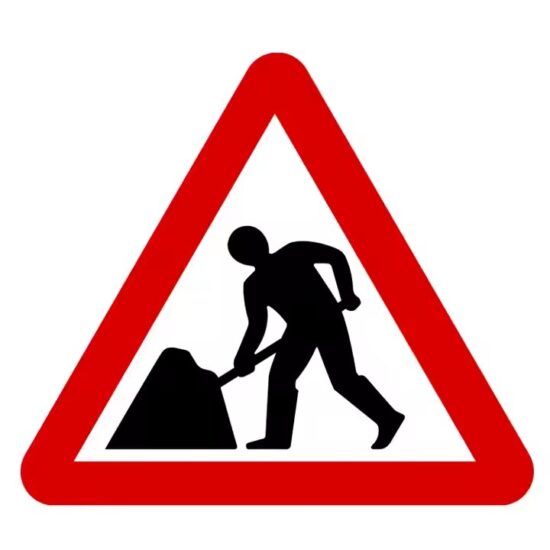
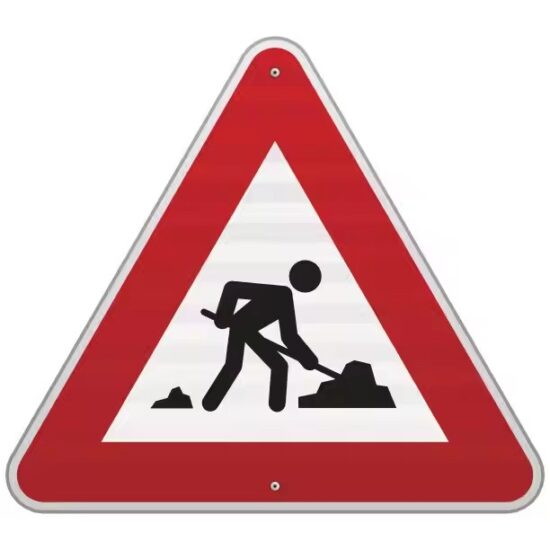
How to Design Effective Construction Site Safety Signs
Construction site safety signs are critical tools for preventing accidents, guiding workers, and complying with regulations. However, a poorly designed sign can cause confusion or be ignored, putting lives at risk. Designing effective safety signs requires attention to clarity, visibility, and regulatory standards.
Here are key steps to create impactful construction site safety signs:
1. Prioritize Clear and Concise Messaging
-
Use simple, direct language. Avoid technical jargon or lengthy sentences.
-
Focus on the essential message, such as “Hard Hats Required” or “Danger: High Voltage.”
-
Use universally recognized safety symbols to enhance understanding, especially in multilingual environments.
2. Choose High-Contrast Colors
-
Select colors that stand out and comply with OSHA and MUTCD guidelines.
-
Common combinations: black text on white or yellow backgrounds, white text on red or blue backgrounds.
-
For construction zones, orange backgrounds are standard for warning signs.
3. Select Appropriate Sign Size and Font
-
Ensure the sign size is large enough to be seen from the necessary distance.
-
Use bold, sans-serif fonts for readability.
-
Avoid overcrowding text—leave sufficient spacing between letters and lines.
4. Incorporate Reflective Materials
-
Use reflective sheeting or materials especially for outdoor or low-light conditions.
-
Reflective signs improve visibility during nighttime or poor weather, reducing accident risks.
5. Follow Regulatory Standards
-
Ensure signs meet OSHA, ANSI, and MUTCD specifications for construction safety.
-
This includes requirements on color, shape, size, symbols, and placement.
6. Consider Placement and Mounting
-
Position signs at eye level or in areas where workers and visitors naturally look.
-
Use durable mounting methods like posts, walls, or fences to prevent sign damage or displacement.
7. Test and Update Signs as Needed
-
Regularly inspect signs for damage, fading, or changes in site conditions.
-
Replace or update signs promptly to maintain effectiveness.
Conclusion
Designing effective construction site safety signs is essential for protecting workers and maintaining regulatory compliance. By focusing on clarity, visibility, and proper placement, you ensure your signs communicate vital information clearly and help create a safer job site.
Need professional custom safety signs? Contact us for expert design assistance and quality manufacturing.

